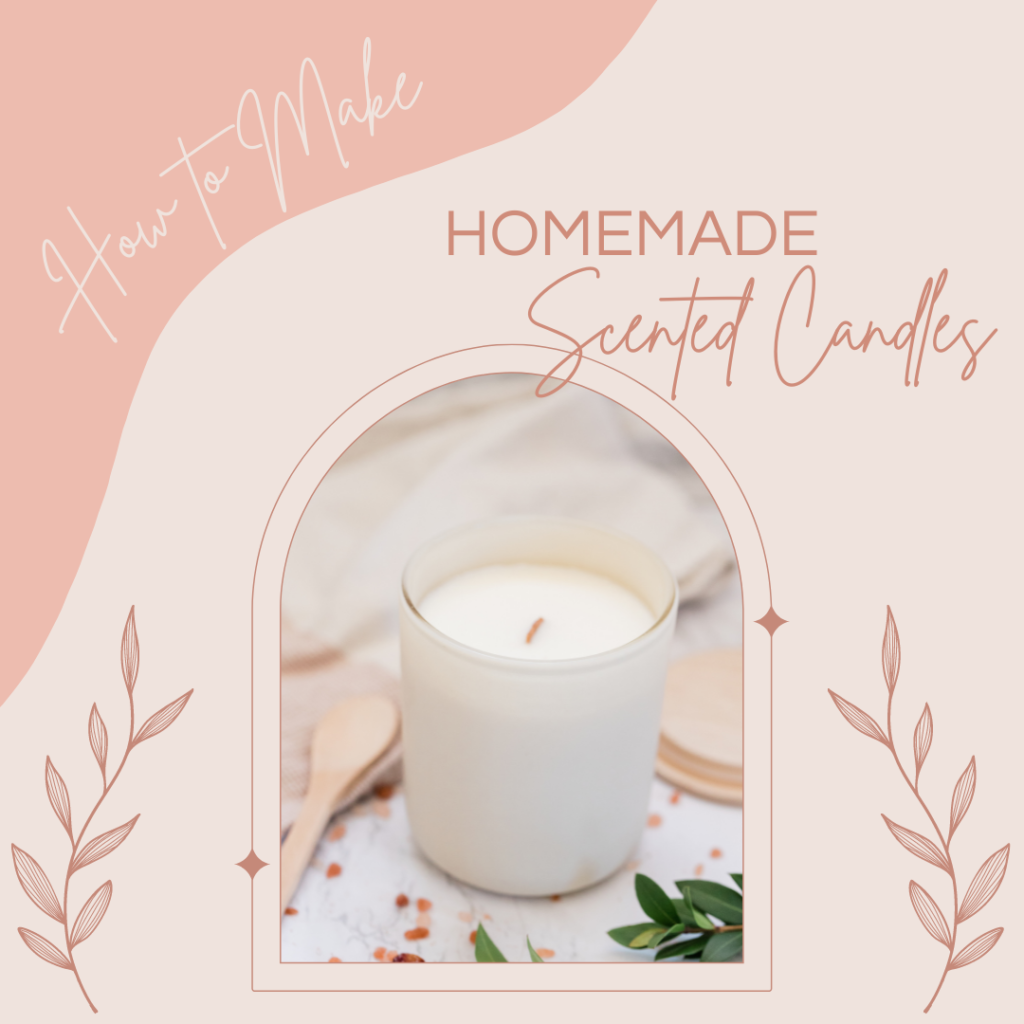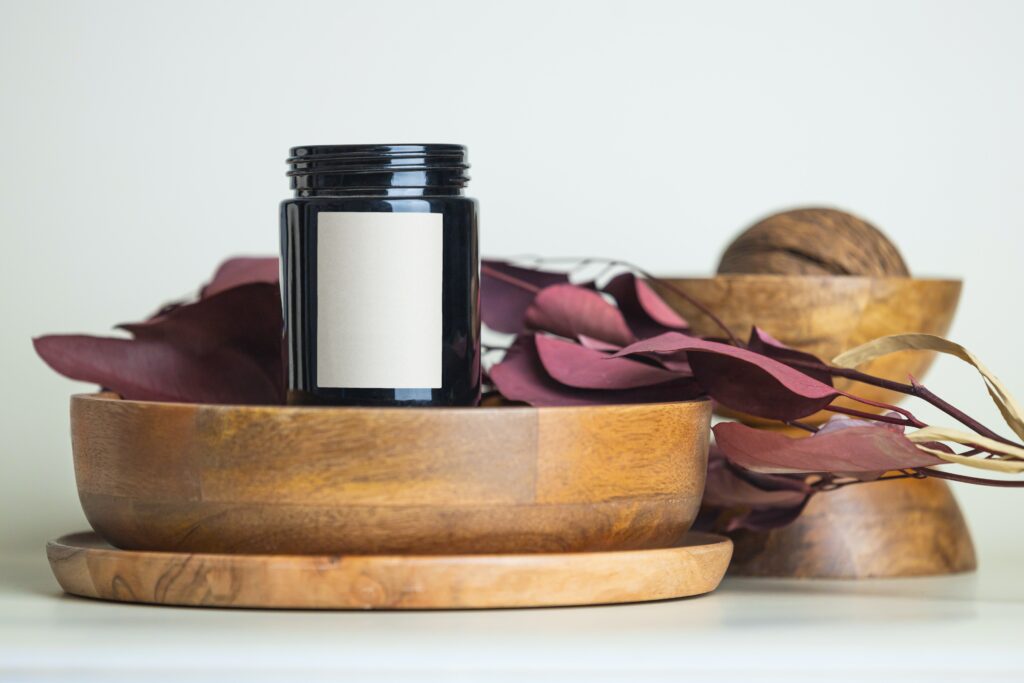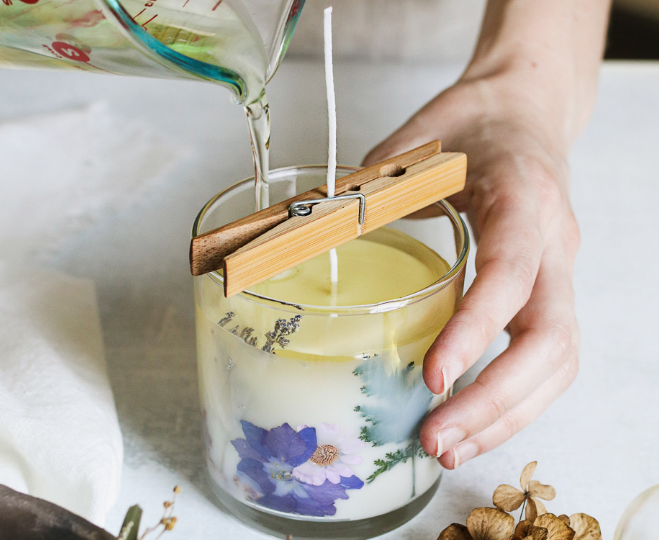How To Use A Candle Snuffer?
There are proper ways and improper ways to care for your candles. Some people might be surprised by this information. After all, what possible care could one candle require? However, if you want to keep your candles in great condition, there are several steps you should be taking.

Candle Burning Instructions & Care Advice
- To make the candle “remember” to burn out to the rim on subsequent burns, let a pool of wax reach the rim of the container on the first burn. This will prevent “tunneling,” which leaves wax on the container’s walls and reduces the candle’s effectiveness. Burn your candle for one hour every inch of its diameter as a general rule.
- Wick, Trim it. The first rule of candle maintenance 101 is to always trim your wick to 1/4″ before every use, or when the wick “mushrooms,” as doing so will increase the candle’s burn time.
- Turn the solidified candle upside down before each usage, then trim the wick or get rid of the “mushroom” from the previous burn by using a paper towel or wick trimmer. The burnt wick won’t fall into the candle if you turn it upside down.
- A burning candle should never be left unattended! That is a fire hazard, and we want you to enjoy your candle without risk.
- Keep burning candles out of the reach of children and animals, keep them far from drafts and other heat sources, and never burn a candle close to anything flammable.
- Reposition the wick after putting a lid on the candle, using a candle snuffer, or dipping it into the pool of melted wax to put out the flame. This will ensure appropriate candle care and help reduce smoking or “afterglow.”

The variations between candle wicks
Typically, buyers examine a candle’s shape, color, or scent while purchasing candles. The wick, however, too plays a crucial part and needs to be taken into account.
Wicks come in a wide variety of shapes and sizes. The choice of the wick is influenced by the kind of candle wax used as well as its size, shape, color, and aroma components. The right wick must be chosen for a candle to burn efficiently and cleanly.
Wicks are made entirely of cotton at Midheaven. They have a clean, proper burn since they are made of paper and natural flat cotton threads that are braided together. An even burn is guaranteed by the steady flame and modest curl of these wicks.
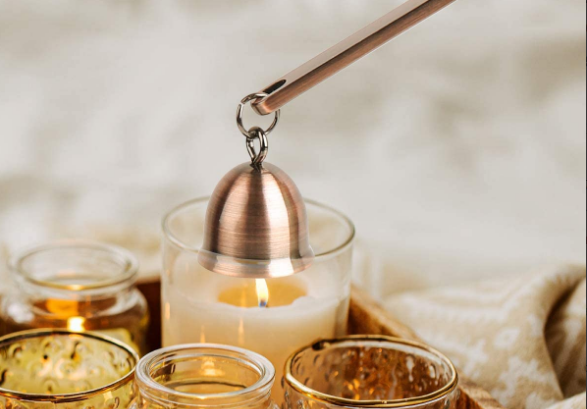
Reasons Not to Blow Out Candles
- I used to immediately leave the room after extinguishing our candles before opening our candle start to avoid the billowing smoke. I was unaware that there was any other choice.
- When you blow out taper candles, the wax may splatter all over the table and, for very enthusiastic folks, the entire room, making cleanup difficult.
- Candles were blown out, generating a lot of smoke.
- Blowing out candles can force the wick further into the wax for candles that are in a container. The wick is buried when the wax solidifies and it may be destroyed if it is removed.
- In a container, blowing out a candle might leave behind a lot of soot.
To put out our candles, I now always use a wick snuffer. I carefully bring the snuffer/tweezer up while pinching the wick while dipping it into the wax just below the surface to put out the flame. Take care not to drag the wick out of the candle. This is beneficial in several ways:
- To keep the wick upright and prevent it from flopping over and getting buried in the wax, it is coated with molten wax.
- Waxing the wick makes it simpler to relight the candle.
- When the candle is not in use, it removes any aroma bloom (mushroom) from the top of the wick for a cleaner appearance.
- Container candle tapers and pillar candles can all be handled with candle tweezers.
- The candle is put out without any smoke or soot at all! This perk is my favorite.
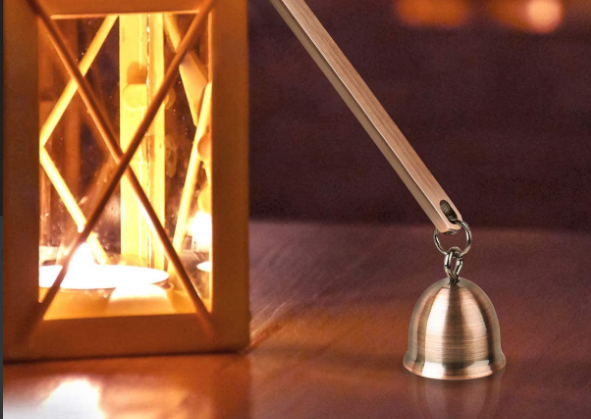
Difference Between Candle Snuffer and Candle Dipper
If you already consider yourself a candle aficionado, chances are you already have a candle snuffer somewhere in your collection. However, if you’ve only recently come to appreciate the pleasure of burning candles, you might be wondering, “What is a candle snuffer? Why shouldn’t you blow out candles? “, “should I use a wick dipper or snuffer,” and, perhaps most crucially, ”. Three separate accessory types were created expressly to aid in putting out candles.
A wick dipper is an elegant metal tool about 8 inches long with a bend in one end. For larger diameter candles, use the curved end to push the wick into the wax pool and re-straighten it. This ensures a smokeless experience and primes the wick perfectly for the next time you light it. If you’re the type that thinks candle-burning accessories are frivolous and unnecessary, you can fashion a DIY wick dipper out of an unbent paperclip.
The bell form snuffer is the most typical and classic type. It is frequently made of silver or brass, and you’ve certainly seen your grandmother’s table decorated with this delicate object with a small inverted cup and a long handle. The bell-style snuffer is unquestionably elegant and refined, but it can also encourage unneeded smoking, which is not only unpleasant-smelling but can also make it more challenging to relight the candle.
If you’ve ever seen a child blow out a candle with too much enthusiasm, you can appreciate the mental torment of seeing molten wax flying everywhere.
But even for responsible, mature candle enthusiasts, we advise resisting the impulse to blow out your preferred luxury candle. Why? Because blowing out a candle produces a lot of smoke, which might ruin the lovely scent that has already been instilled into the atmosphere. Additionally, it may force the wick deeper into the wax and disseminate soot throughout the wax pool.
We like to put out expensive candles with a candle snuffer. This device, which resembles a tiny bell with a cone-shaped end, is used over a lit wick to extinguish the flame right away.



